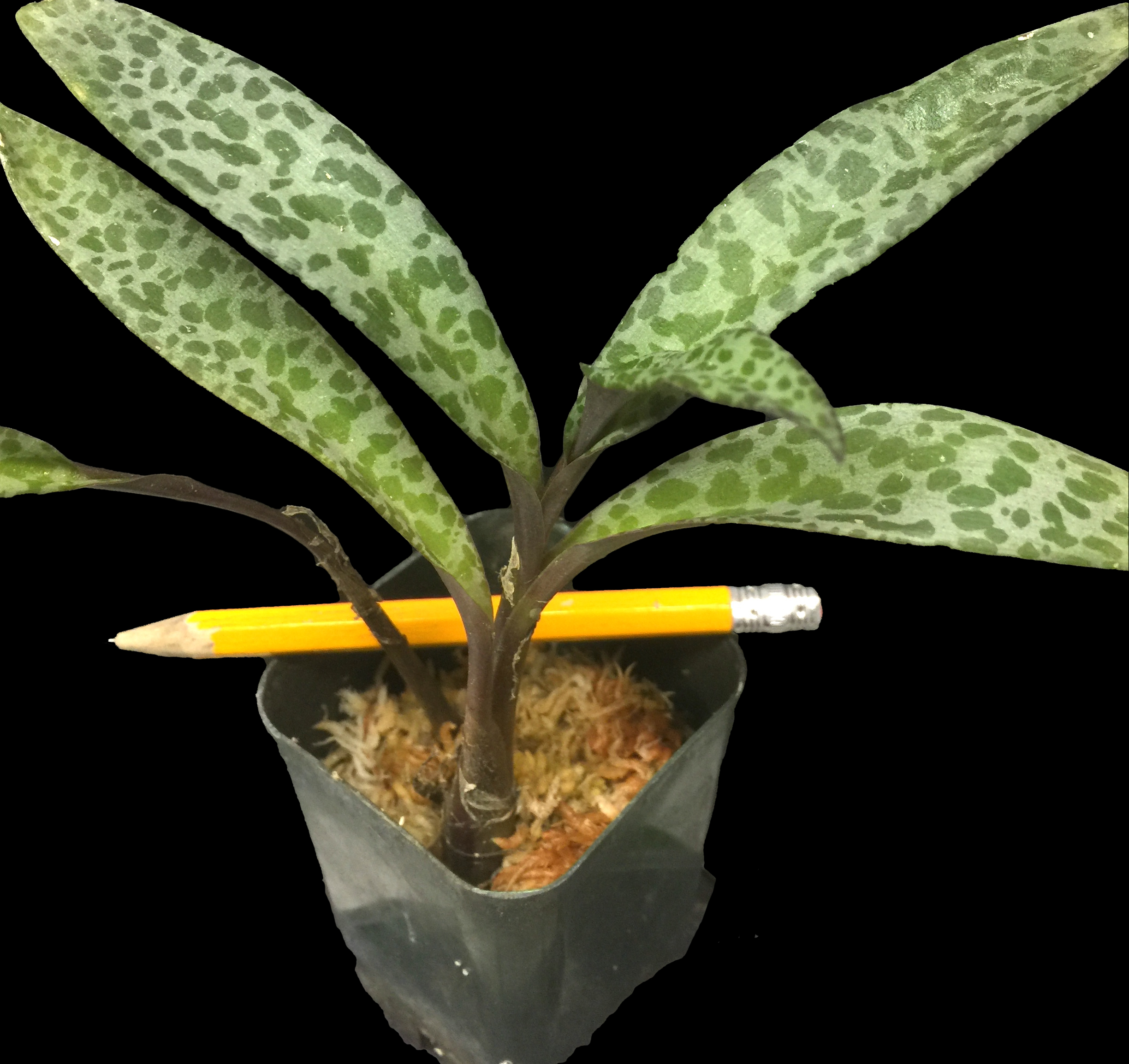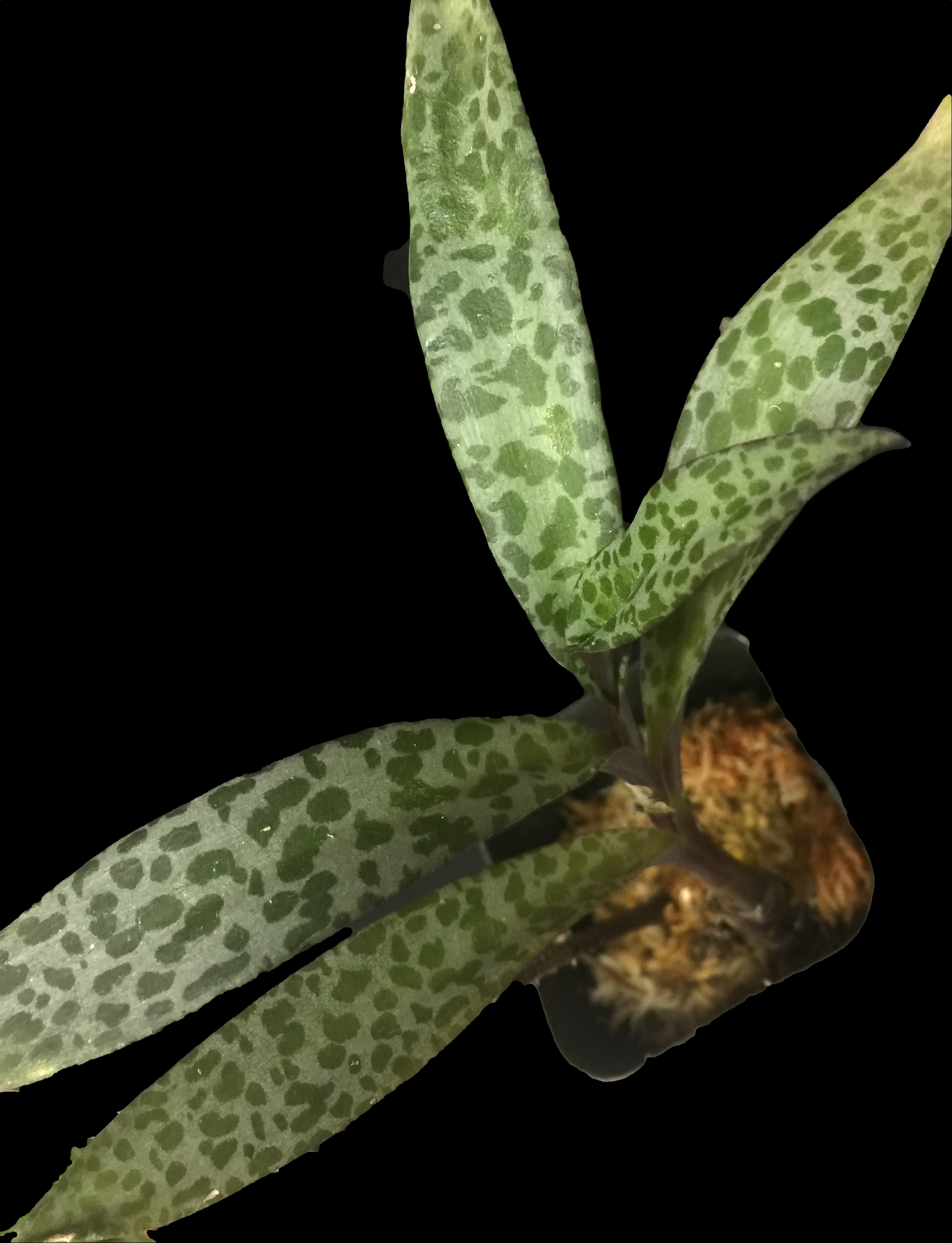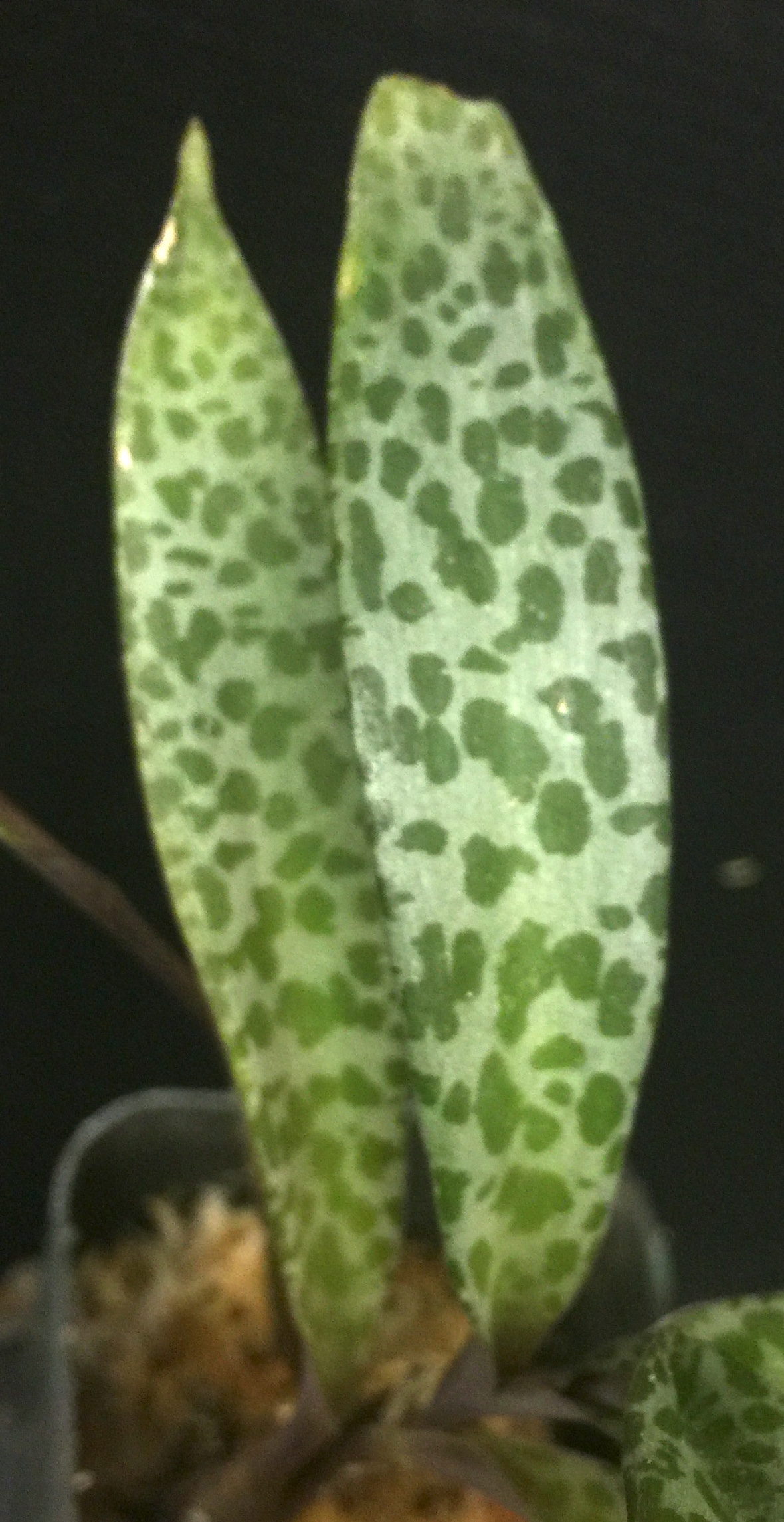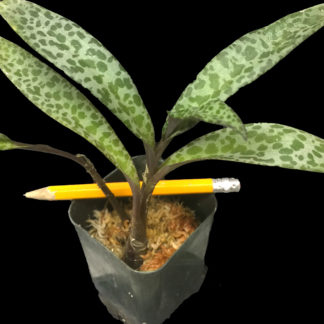Description
The Silver Squill plant (Ledebouria violacea), also known as the Leopard Lily for its beautiful patterned foliage, is one of the easiest and most attractive plants you will ever grow. It’s one of those plants that thrives on neglect – it is drought-tolerant, so you don’t need to worry about watering on a regular schedule, just enjoy its amazing looks! If you’re an orchid collector, these Silver Squills may remind you of Australian Dendrobium kingianum orchids, as their bulbs are around the same size and leaf shape is also similar. But the real draw is the incredible patterning on the silverish leaves, as they truly stand out in any collection of plants. Orchids generally have non-descript leaves, so having one of these in your collection makes for a beautiful display. Plus, these plants multiply so easily and grow in any conditions where you don’t have prolonged freezing (so bring them indoors during the winter). Just plant them in a quick-draining soil (cactus or succulent mix is good, although it will grow in pretty much anything). These Silver Squills originate from an arid, dry part of South Africa. The botanical definition of a succulent is a plant that has some parts (bulbs, leaves, roots) that are especially thick as they act as water storage, enabling the plant to live in dry and arid climates, such as deserts and homes of lazy/forgetful growers. While the leaves of the Silver Squill (botanical name Ledebouria violacea) are not thickened, the plump bulbs clearly look like water storage organs. A number of postings on the web say that these squills are not succulents, but these are all from regular individuals who seem to be passing along something they read on another website, rather than offering a clear scientific reason as to why Ledebouria violacea (socialis) is actually NOT a succulent. Walks like a duck, quacks like a duck, it must be a duck, no?



